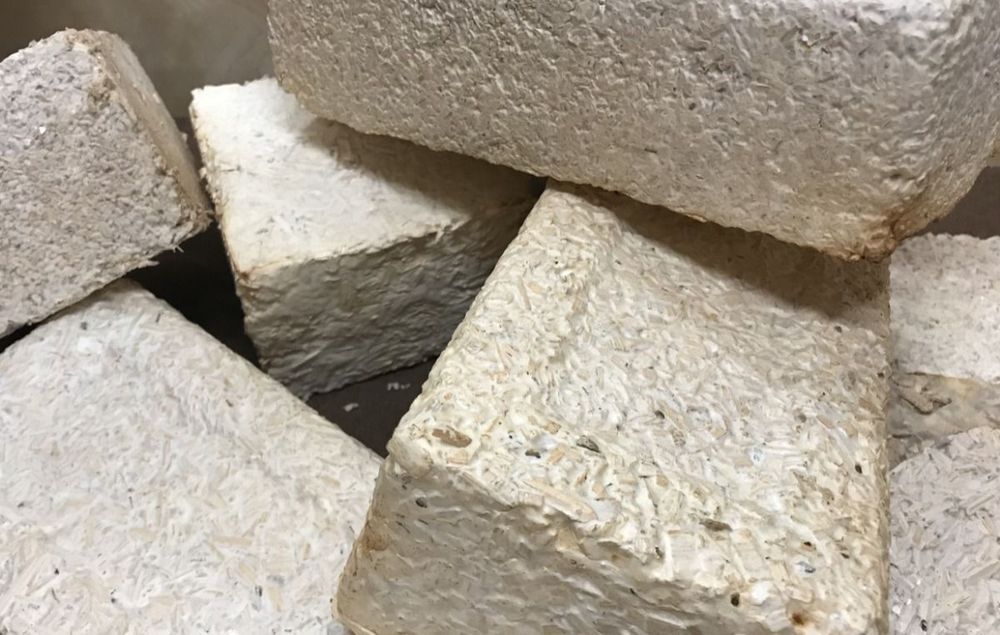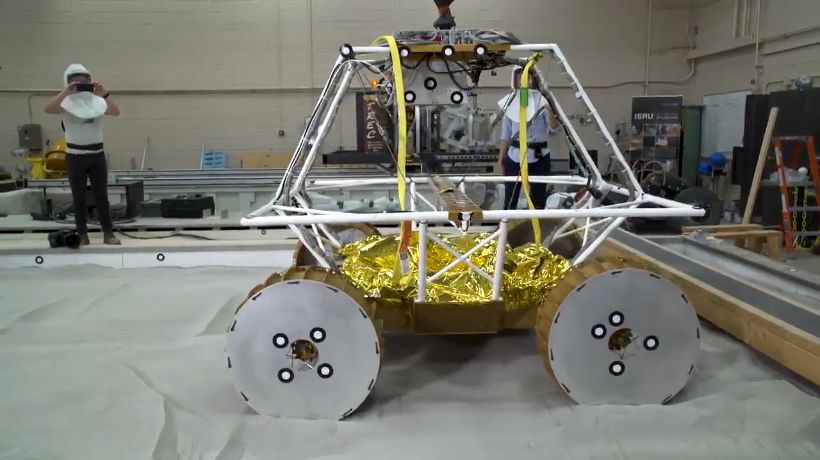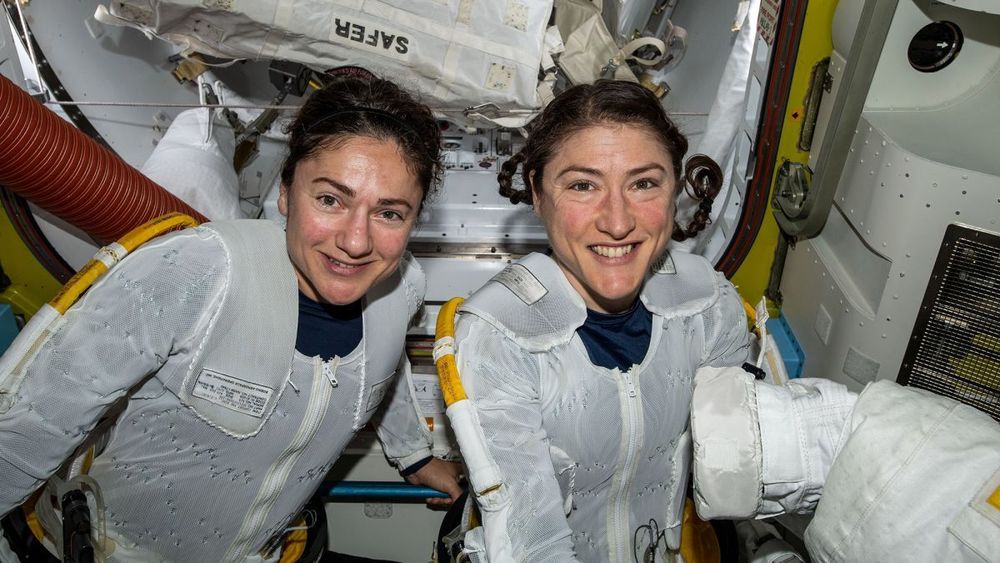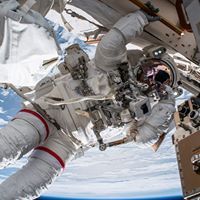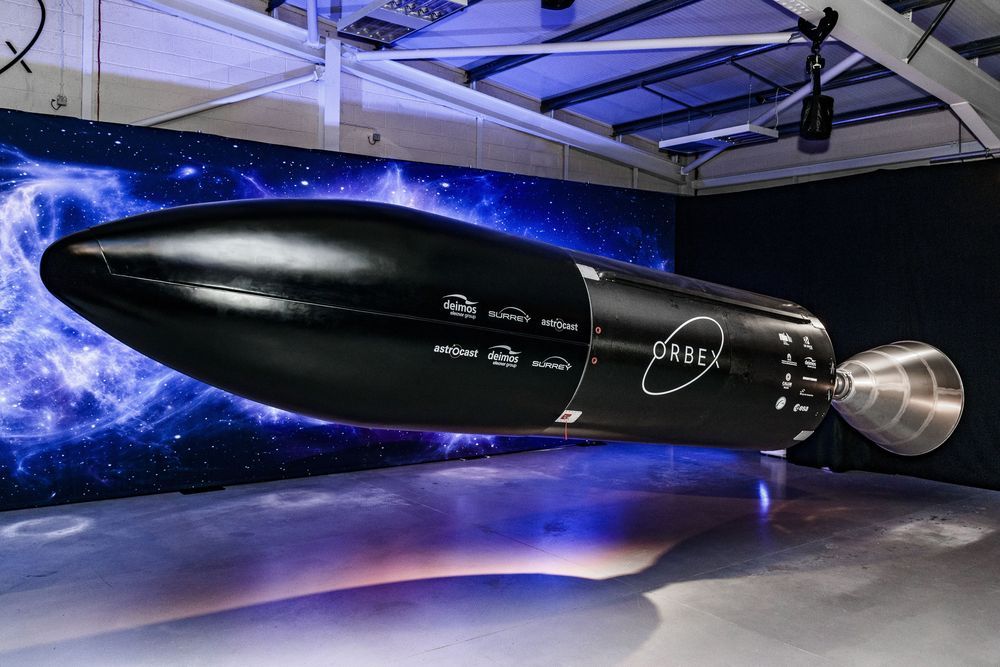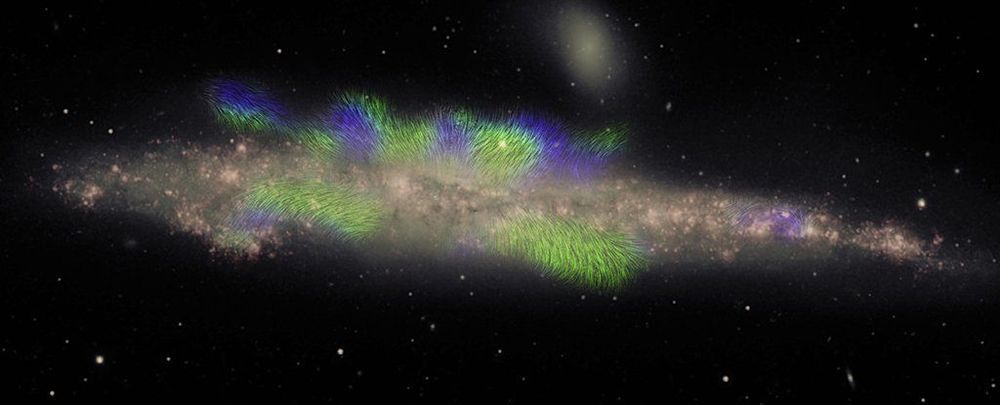Mars’ mysterious and unexplored poles may also harbor pockets of biology, says one planetary scientist.
Category: space
Rare mounds of a crystalline mineral have emerged above the surface of Utah’s Great Salt Lake, where they’re expected to remain just a few months before disappearing again.
Scientists think these mounds may be similar to mineral structures on Mars that could preserve traces of microbes that may have lived in the planet’s saltwater lakes billions of years ago.
NASA researchers are investigating the potential of mycelia — the mass of nutrient-absorbing, widely branching underground threads that make up much of a fungus’s bulk — to help construct outposts on the moon and Mars.
The golf cart sized rover called VIPER will search for and sample water ice on the lunar south pole. LEARN MORE go.nasa.gov/2Nq3Lyq
National Bio and Agro-Defense Facility
Posted in biotech/medical, food, habitats, health, security, space
Location: Manhattan, KS

The National Bio and Agro-Defense Facility (NBAF) will be a state-of-the-art biocontainment laboratory for the study of diseases that threaten both America’s animal agricultural industry and public health. DHS S&T is building the facility to standards that fulfill the mission needs of the U.S. Department of Agriculture (USDA) which will own, manage and operate (PDF, 16 pgs., 165 KB) the NBAF once construction and commissioning activities are complete. The NBAF will strengthen our nation’s ability to conduct research, develop vaccines, diagnose emerging diseases, and train veterinarians. DHS S&T will leverage the facility as a national asset to fulfill homeland security mission needs.
The United States currently does not have a laboratory facility with maximum biocontainment (BSL-4) space to study high-consequence zoonotic diseases affecting large livestock. The NBAF will be the first laboratory facility in the U.S. to provide BSL-4 laboratories capable of housing cattle and other large livestock. The NBAF will also feature a vaccine development module. For more information about the facility and intended use of its state-of-the-art features, please visit the USDA NBAF Program website.
Two NASA astronauts are taking a spacewalk outside the International Space Station today (Jan. 15), and you can watch all the action live online.
For the first spacewalk of the year, NASA astronauts Christina Koch and Jessica Meir will spend about 6.5 hours working in the vacuum of space to continue replacing old nickel-hydrogen batteries on the station’s solar arrays with new lithium-ion batteries. The spacewalking duo began working to replace these batteries during a spacewalk together on Oct. 18, and that was the first all-woman spacewalk in history.
Space launch startup Orbex has secured a customer for its forthcoming Prime space launch vehicle: TriSept, a provider of launch integration services for both commercial and government customers. TriSept has booked the full capacity of a rideshare mission aboard an Orbex Prime rocket to take off sometime in 2022, which should work schedule-wise, provided Orbex meets its target of flying its initial missions starting next year.
Orbex is leaning on 3D printing to expedite its launch vehicle production process, while also keeping costs low. The U.K.-based company is also in the process of working on final approvals and construction of a new spaceport in Sutherland, located in the Scottish highlands, which, when complete, will be the first mainland space launch facility in Europe.
TriSept, which provides launch management and brokerage services in addition to integration for payloads loaded into the launch vehicle, has been operating in the U.S. space market for years now, and it’ll also be setting up a full-time presence in the U.K. ahead of the Sutherland spaceport’s opening later this year, at Harwell Space Campus in Oxford.
In a new report published on Scientific Reports, Milan M. Milošević and an international research team at the Zepler Institute for Photonics and Nanoelectronics, Etaphase Incorporated and the Departments of Chemistry, Physics and Astronomy, in the U.S. and the U.K. Introduced a hyperuniform-disordered platform to realize near-infrared (NIR) photonic devices to create, detect and manipulate light. They built the device on a silicon-on-insulator (SOI) platform to demonstrate the functionality of the structures in a flexible, silicon-integrated circuit unconstrained by crystalline symmetries. The scientists reported results for passive device elements, including waveguides and resonators seamlessly integrated with conventional silicon-on-insulator strip waveguides and vertical couplers. The hyperuniform-disordered platform improved compactness and enhanced energy efficiency as well as temperature stability, compared to silicon photonic devices fabricated on rib and strip waveguides.
Academic and commercial efforts worldwide in the field of silicon photonics have led to engineer optical data communications at the Terabit-scale at increasingly lower costs to meet the rapidly growing demand in data centers. Explosive growth in cloud computing and entertainment-on-demand pose increasingly challenging costs and energy requirements for data transmission, processing and storage. Optical interconnects can replace traditional copper-based solutions to offer steadily increasing potential to minimize latency and power consumption, while maximizing the bandwidth and reliability of the devices. Silicon photonics also leverage large-scale, complementary metal-oxide semiconductor (CMOS) manufacturing processes to produce high-performance optical transceivers with high yield at low-cost. The properties allow applications of optical transceivers (fiber optical technology to send and receive data) to be increasingly compelling across shorter distances.
More than three decades ago, physicist Richard Soref identified silicon as a promising material for photonic integration. Leading to the present-day steady development and rapid production of increasingly complex photonic integrated circuits (PICs). Researchers can integrate large numbers of massively-parallel compact energy-efficient optical components on a single chip for cloud computing applications from deep learning to artificial intelligence and the internet of things. Compared to the limited scope of commercial silicon photonic systems, photonic crystal (PhC) architectures promise smaller device sizes, although they are withheld by layout constraints imposed by waveguide requirements along the photonic crystal’s axis. Until recently, photonic band gap (PBG) structures that efficiently guide light were limited to photonic crystal platforms. Now, newer classes of PBG structures include photonic quasicrystals, hyperuniform disordered solids (HUDs) and local self-uniform structures.
Sometimes you just have to stand back in awe at the beauty of the Universe – and that’s absolutely the case with this image from the National Radio Astronomy Observatory (NRAO), which captures the side view of a spiral galaxy know as the Whale Galaxy.
But if you look closer, the stunning picture also shows something else: the magnetic ‘ropes’ around the edges of the galaxy’s disc.
These filaments, like cosmic strands of hair, show the galaxy’s magnetic field extending into its halo.


